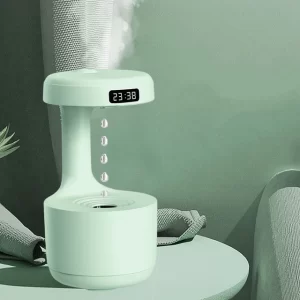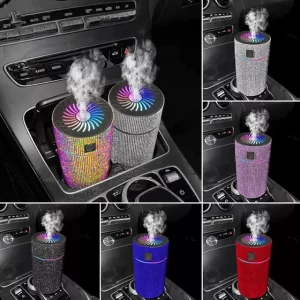Which is better for respiratory health, air purifiers or humidifiers?
Introduction
Respiratory health plays a vital role in our overall well-being, and various factors can impact the quality of the air we breathe. When it comes to enhancing respiratory health at home, two common appliances to consider are air purifiers and humidifiers. While they have distinct functions, understanding their benefits and limitations is crucial in determining which one is better suited for your specific needs. In this comprehensive guide, we will explore the differences between air purifiers and humidifiers, their impact on respiratory health, and how each device can contribute to creating a healthier indoor environment.
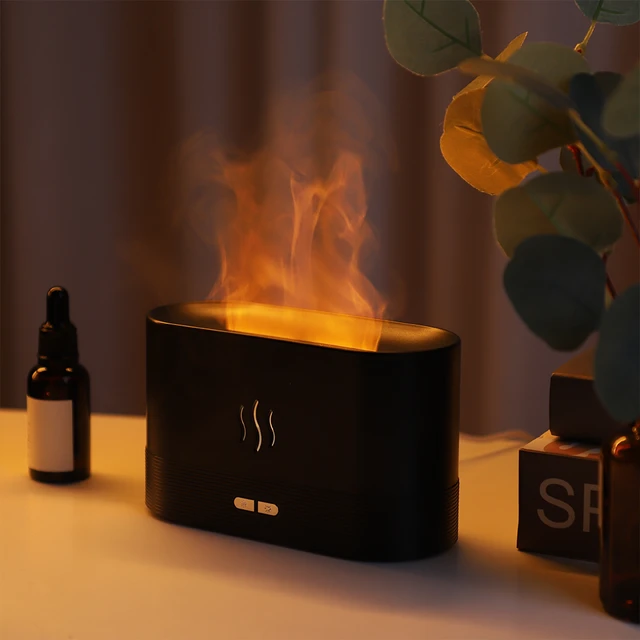
Which is better for respiratory health, air purifiers or humidifiers?
I. Understanding Air Purifiers
-
The Function of Air Purifiers:
- Air purifiers are designed to remove airborne pollutants, such as dust, pollen, pet dander, and mold spores, from the indoor air. They work by utilizing filters and/or other purification technologies to trap and eliminate particles.
-
Improved Air Quality:
- Air purifiers effectively reduce the concentration of allergens and irritants in the air, which can help alleviate respiratory symptoms and enhance overall air quality. Cleaner air can be particularly beneficial for individuals with allergies, asthma, or other respiratory conditions.
-
Filtering Mechanisms:
- Various types of filters are commonly used in air purifiers, such as High-Efficiency Particulate Air (HEPA) filters, activated carbon filters, or electronic filters. These filters capture and trap particles of different sizes, ensuring cleaner air to breathe.
-
Limitations of Air Purifiers:
- Air purifiers primarily focus on removing particles from the air, but they may not target other factors that can affect respiratory health, such as humidity levels or the presence of certain gases or chemicals. Additionally, air purifiers may not eliminate odors or VOCs (volatile organic compounds) effectively.
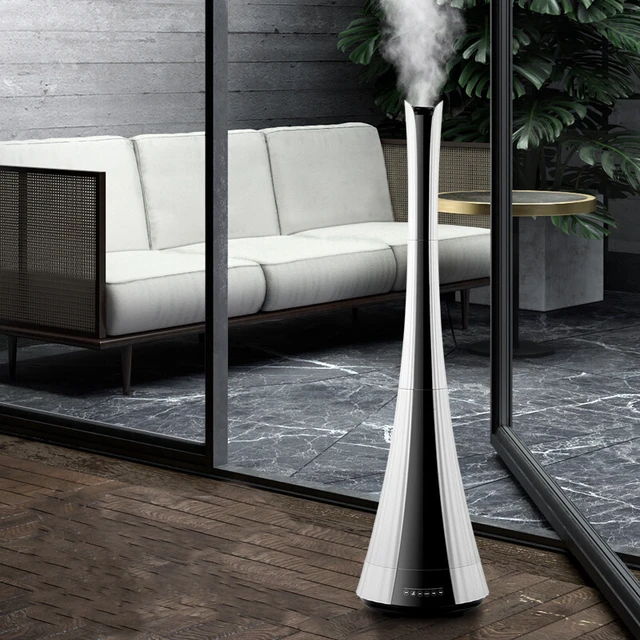
II. Exploring Humidifiers
-
The Function of Humidifiers:
- Humidifiers add moisture to the air to increase humidity levels within a space. They are particularly useful in dry environments, especially during winter months when heating systems can cause the air to become excessively dry.
-
Benefits of Adequate Humidity:
- Optimal humidity levels can help alleviate respiratory symptoms associated with dry air, such as dry throat, coughing, or nasal congestion. Humidifiers can moisturize the respiratory passages, making it easier to breathe and reducing discomfort.
-
Types of Humidifiers:
- There are different types of humidifiers, including evaporative humidifiers, cool mist humidifiers, and warm mist humidifiers. Each type operates differently and may cater to specific needs, preferences, or room sizes.
-
Considerations for Humidifier Use:
- Proper maintenance is essential to prevent the growth of mold or bacteria in humidifiers. Regular cleaning and following manufacturer instructions for filter replacement, water tank cleaning, and overall maintenance are crucial to ensure air quality is not compromised.
III. Comparing Air Purifiers and Humidifiers for Respiratory Health
-
Addressing Different Concerns:
- Air purifiers primarily focus on improving air quality by removing particles, allergens, and pollutants, which can benefit individuals with respiratory conditions triggered by airborne irritants. Conversely, humidifiers primarily address issues related to dry air and can alleviate associated symptoms.
-
Interconnected Roles:
- While air purifiers and humidifiers have distinct functions, they can work together to create a more comfortable and healthier indoor environment. When humidity levels are too low, air purifiers can help reduce airborne particles, but when humidity levels are too high, they may not be as effective in addressing air quality concerns.
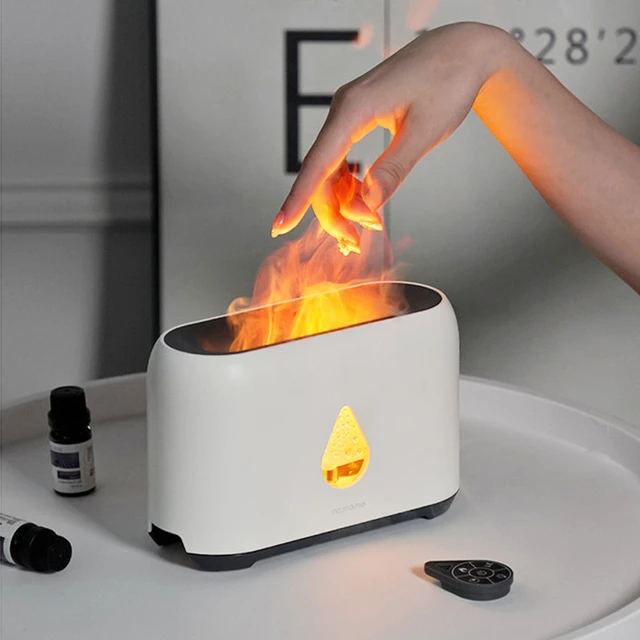
IV. Determining Which Device is Better for You
-
Assessing Your Needs:
- Consider your specific respiratory concerns and determine whether your primary objective is to address airborne particles, allergens, and pollutants or to alleviate symptoms associated with dry air.
-
Consulting Healthcare Professionals:
- It is advisable to consult with healthcare professionals, such as allergists, respiratory therapists, or primary care physicians, who can provide insight tailored to your unique health needs and recommend the most suitable appliance for your situation.
-
Combining the Use of Both Devices:
- In certain scenarios, using both an air purifier and a humidifier may be advantageous. For instance, individuals with respiratory conditions, such as asthma, may benefit from the particle-filtering capabilities of an air purifier while also enjoying the moisture provided by a humidifier to relieve dry air symptoms.
V. Additional Measures for Improving Respiratory Health
-
Proper Ventilation:
- Good ventilation is crucial for maintaining air quality. Regularly open windows, use exhaust fans in bathrooms and kitchens, and promote airflow throughout your living space.
-
Cleaning and Dusting:
- Regular cleaning practices, such as dusting surfaces and vacuuming using a HEPA filter, can help minimize the amount of dust and allergens present indoors.
-
Reducing Indoor Pollutants:
- Take steps to reduce potential sources of indoor pollutants, such as avoiding smoking indoors and minimizing the use of chemical-based cleaning products or fragrances.

V. Additional Measures for Improving Respiratory Health (Continued)
-
Regular Maintenance:
- Regardless of whether you choose an air purifier or a humidifier, regular maintenance is crucial for optimal performance and to prevent the buildup of bacteria, mold, or other contaminants. Follow the manufacturer’s instructions for cleaning, filter replacement, and overall maintenance.
-
Monitoring Indoor Environment:
- Use a hygrometer to monitor the humidity levels in your home. Ideal humidity levels generally range between 30% and 50%. By keeping track of indoor humidity levels, you can adjust the use of a humidifier accordingly to maintain a healthy and comfortable environment.
-
Proper Placement:
- Consider the placement of your chosen device. Air purifiers should be positioned in areas where they can effectively circulate and filter the air. Humidifiers should be placed away from walls or furniture to prevent moisture buildup and should not be placed too close to your bed to avoid excessive moisture exposure during sleep.
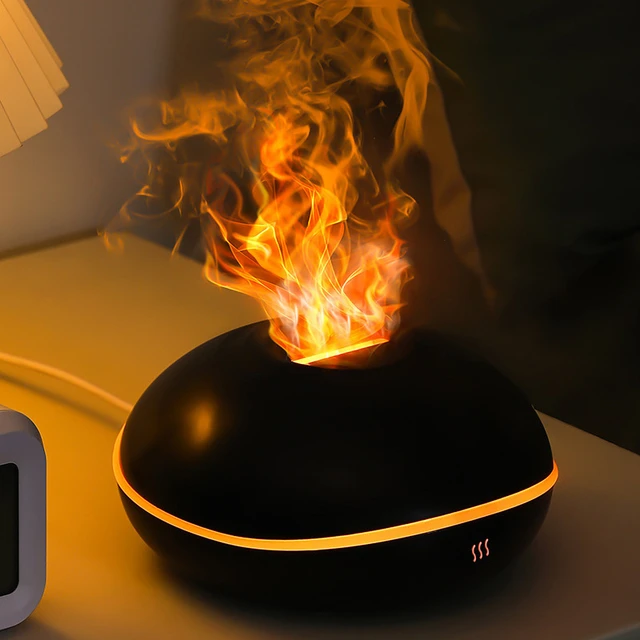
VI. Conclusion: Enhancing Respiratory Health with the Right Device
Air purifiers and humidifiers offer unique benefits that can positively impact respiratory health. Understanding their functions and limitations enables you to select the most suitable device for your specific needs. Air purifiers excel at removing particles and allergens from the air, while humidifiers add moisture to alleviate dry air symptoms. Depending on your respiratory concerns, you may benefit from the use of one or both devices, or even a combination of other measures to improve indoor air quality and enhance overall respiratory health. Consultation with healthcare professionals will further assist you in making an informed decision tailored to your individual needs.
